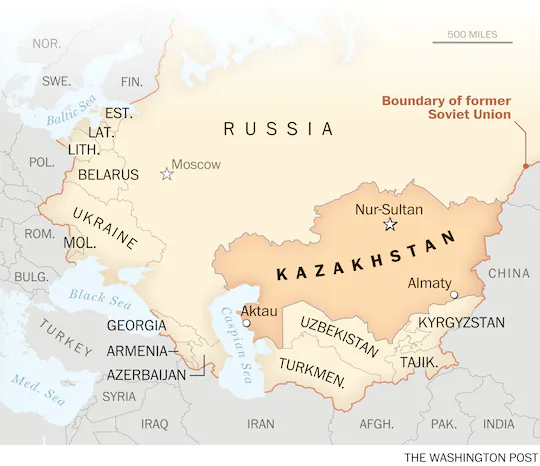
More than 1,700 people who served in the U.S. Congress in the 18th, 19th and even 20th century were slaveholders at some point in their lives, according to a Washington Post investigation of censuses and other historical records. wapo.st/3HRwPbB
Until now, there has never been a comprehensive list of slaveholding members of Congress.
This database helps reveal the glaring holes in many of the stories that Americans tell about the country’s history. wapo.st/3HRwPbB
This database helps reveal the glaring holes in many of the stories that Americans tell about the country’s history. wapo.st/3HRwPbB
On March 7, 1850, as Sen. Daniel Webster delivered a famous speech about slavery, 45 of the 106 congressmen listening owned human beings.
Those slaveholders included Jefferson Davis, Andrew Johnson and Sam Houston. wapo.st/3HRwPbB
Those slaveholders included Jefferson Davis, Andrew Johnson and Sam Houston. wapo.st/3HRwPbB

Enslavers in Congress represented 37 states, including not just the South but every state in New England, much of the Midwest, and many Western states.
The country is still grappling with the legacy of lawmakers’ embrace of slavery. wapo.st/3HRwPbB
The country is still grappling with the legacy of lawmakers’ embrace of slavery. wapo.st/3HRwPbB
The same is true of the White House. Of the first 18 U.S. presidents, 12 were enslavers, including eight during their presidencies. wapo.st/3HRwPbB
The link between race and political power in early America echoes in complicated ways, from the racial inequities that persist to this day to the polarizing fights over voting rights and the way history is taught in schools. wapo.st/3HRwPbB 

Many of these lawmakers’ statues stand in town squares across the country, and their names adorn streets and public schools, with almost no public acknowledgment that they were enslavers.
Use our searchable database here: wapo.st/3HRwPbB
Use our searchable database here: wapo.st/3HRwPbB
To create the database, we reviewed 18th- and 19th-century census records and other documents, including wills, journal articles and plantation records.
But we couldn’t reach a conclusion on 677 additional members of Congress. That’s where you come in. wapo.st/3zFFtao
But we couldn’t reach a conclusion on 677 additional members of Congress. That’s where you come in. wapo.st/3zFFtao
We're open-sourcing our database. If you’re an academic or historian wanting to use this data, it’s accessible here: github.com/washingtonpost…
• • •
Missing some Tweet in this thread? You can try to
force a refresh











